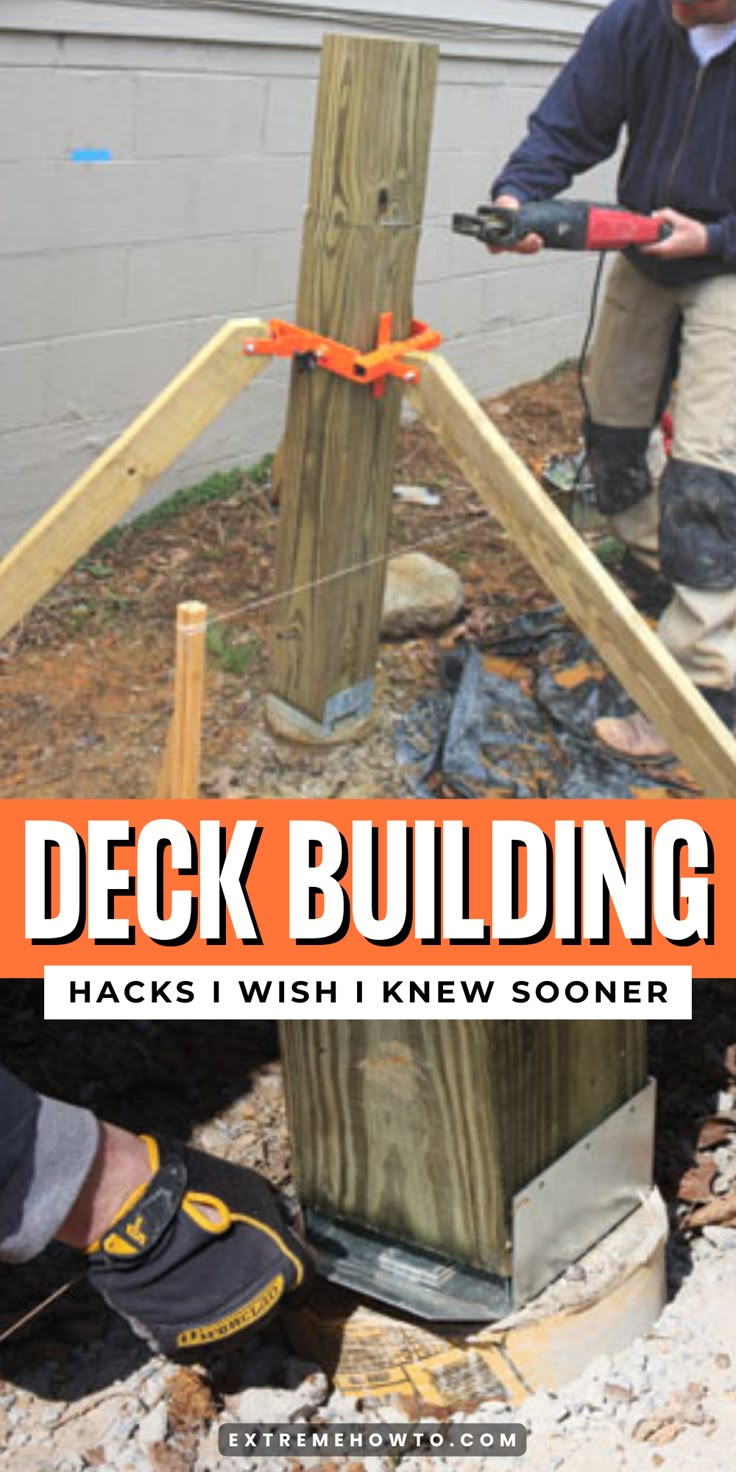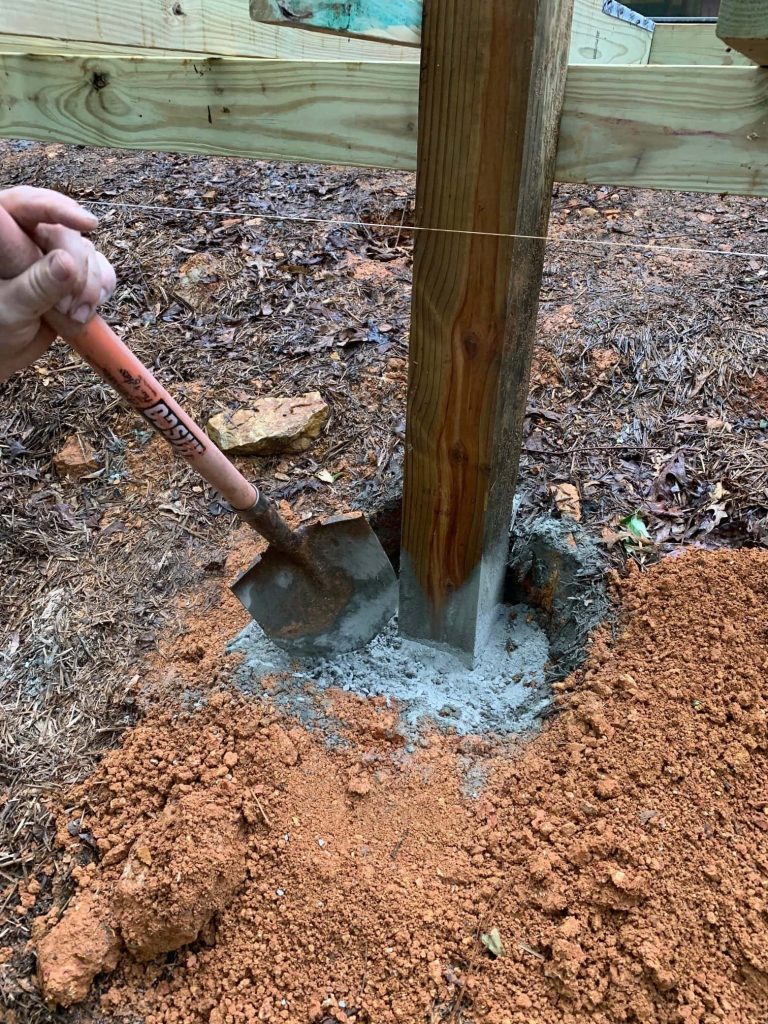

DIY patio deck building is a popular home improvement project that allows you to customize your outdoor space. Transforming your patio into a relaxing retreat is easier than you might think! This detailed guide provides a comprehensive overview, taking beginners through each essential step with clear instructions and expert advice. Many homeowners find building a patio deck daunting, but this step-by-step guide aims to demystify the process. We’ll address the challenges and show you how to build a beautiful deck safely and efficiently. We’ll walk you through the key stages: from planning and preparation to finishing touches. Let’s dive in!
Planning and Preparation: Laying the Foundation for Your Dream Deck
Site Assessment: Evaluating the Potential Building Site
Before you even consider materials, assess the area for the deck carefully. This involves examining soil conditions, checking for uneven terrain or existing obstructions. Consider the ground’s bearing capacity to support the structure’s weight. Identify any necessary modifications like grading or drainage improvements to ensure a stable foundation and avoid future issues. Thorough site assessment is essential for a successful DIY patio deck project. Look for any potential problems like shifting soil or water drainage issues, as these can cause serious issues down the road. A properly assessed site helps prevent unexpected costs and delays later on.
Design and Materials Selection: Creating Your Vision
Choosing the Right Deck Design:
Selecting the perfect design involves considering your needs, aesthetic preferences, and the overall look of your home. Consider the size of your patio and surrounding landscape. Do you want an enclosed porch for a gathering place or a simple open-air deck for relaxation? Plan the design meticulously for efficient usage of space. Think about seating areas and amenities that will complement your chosen design. Start with sketches or detailed plans to visualize the space and ensure every element aligns with your vision. Include the type of wood or composite material that aligns with your budget and style.
Framing the Deck Structure: Building the Skeleton
Framing the Deck: A Solid Foundation:
Once the design is finalized, it’s time to prepare the framing. This stage is critical as it supports the entire structure. Begin by laying the framing joists to create the platform for the deck. Use appropriate lumber for the framing based on the deck’s size and anticipated load. Measure carefully, ensuring accurate dimensions. Use appropriate fasteners (nails, screws, etc.) for the structural integrity of your framing components. Consider the use of a framing square to ensure the accuracy of your measurements and angles.
Deck Installation: Putting Your Vision Together
Installing the Decking:
The installation of the actual deck boards is a crucial phase. Choose your decking material and install the boards according to the plan. Ensure proper gaps and alignment for a seamless look and to prevent issues with water or pest infiltration. Properly fasten the boards to the framing members to prevent any future movement. Use weatherproof materials and sealants as needed, particularly in areas exposed to moisture. Careful attention to detail, and following manufacturer instructions is important for avoiding common deck-building issues.
Finishing Touches: Completing the Deck
Adding Finishing Touches:
This stage involves adding finishing elements like railings, stairs, or other necessary components. Plan for these elements with your initial design. Follow appropriate safety codes and regulations for railings and other structural components. Consider adding decorative elements, such as lighting or planters. Ensure that all the materials and fittings are compatible with the chosen deck style and aesthetics. The finishing touches give your deck that personal touch and elevate its overall appearance.
Deck Maintenance: Keeping Your Deck in Pristine Condition
Preventative Maintenance for Longevity:
Maintaining your DIY patio deck is important for its longevity. Establish a routine for cleaning and inspecting the deck periodically. This helps keep the wood or composite material in optimal condition and protects it from weathering. Regular cleaning helps prevent the growth of algae or mold. Repair any damage or rot promptly to prevent larger issues. Be mindful of regular maintenance, for instance, cleaning with soap and water will extend the life of the deck.
json
[{"question": "What are the most common mistakes to avoid when building a DIY patio deck?", "answer": "Common mistakes include poor site preparation, inadequate framing, improper decking installation, and neglecting waterproofing. Carefully assess the ground's stability, ensuring the framing is structurally sound, and using suitable decking materials for the environment are crucial. Neglecting these aspects can lead to deck instability, rot, and potential damage over time."}, {"question": "How much does it typically cost to build a DIY patio deck?", "answer": "The cost of a DIY patio deck varies significantly depending on the size, materials chosen, and the complexity of the design. Consider factors like the type of wood, the size of the deck, and any necessary permits. Researching local material costs and getting multiple quotes for materials can help estimate the budget. For a detailed cost analysis, consider seeking professional advice from a contractor specializing in DIY project cost estimations."}, {"question": "What types of wood are best for building a patio deck?", "answer": "Cedar, pressure-treated lumber, and composite decking are popular choices for patio decks. Cedar is known for its natural resistance to rot and decay, making it a durable option. Pressure-treated lumber is also a good option due to its treatment against rot and insects. However, it might not have the aesthetic appeal of cedar. Composite decking offers a low-maintenance alternative, resistant to moisture and insects, but it may be more expensive. Carefully consider the climate, maintenance preferences, and budget when choosing the right wood type."}, {"question": "How can I ensure the safety of my DIY patio deck building project?", "answer": "Safety is paramount in any DIY patio deck building project. Always follow safety guidelines for handling tools and materials. Use appropriate safety gear, including eye protection, gloves, and work boots. If you are unfamiliar with any aspects of the project, consult experienced professionals or DIY videos to ensure the proper techniques for a safe and secure outcome. Consider adding a railing or handrails for added stability and security for your patio deck."}, {"question": "How do I handle the weather during the patio deck project?" ,"answer": "Weather conditions significantly impact the success of your DIY patio deck project. Be prepared for rain, wind, or extreme temperatures. Consider storing materials under cover or postponing outdoor work if necessary. Have a plan B if unexpected weather pops up. Monitoring the weather forecast prior to beginning your outdoor projects will be helpful. Checking the forecast before starting work and being flexible with your schedule are good steps to take."} ]
In conclusion, DIY patio deck building is a rewarding project that can significantly enhance your outdoor living space. By following this step-by-step guide, you can build a beautiful and functional deck with confidence. Remember to always prioritize safety and proper planning. Ready to get started? Check out our online resources for materials, tools, and expert advice!